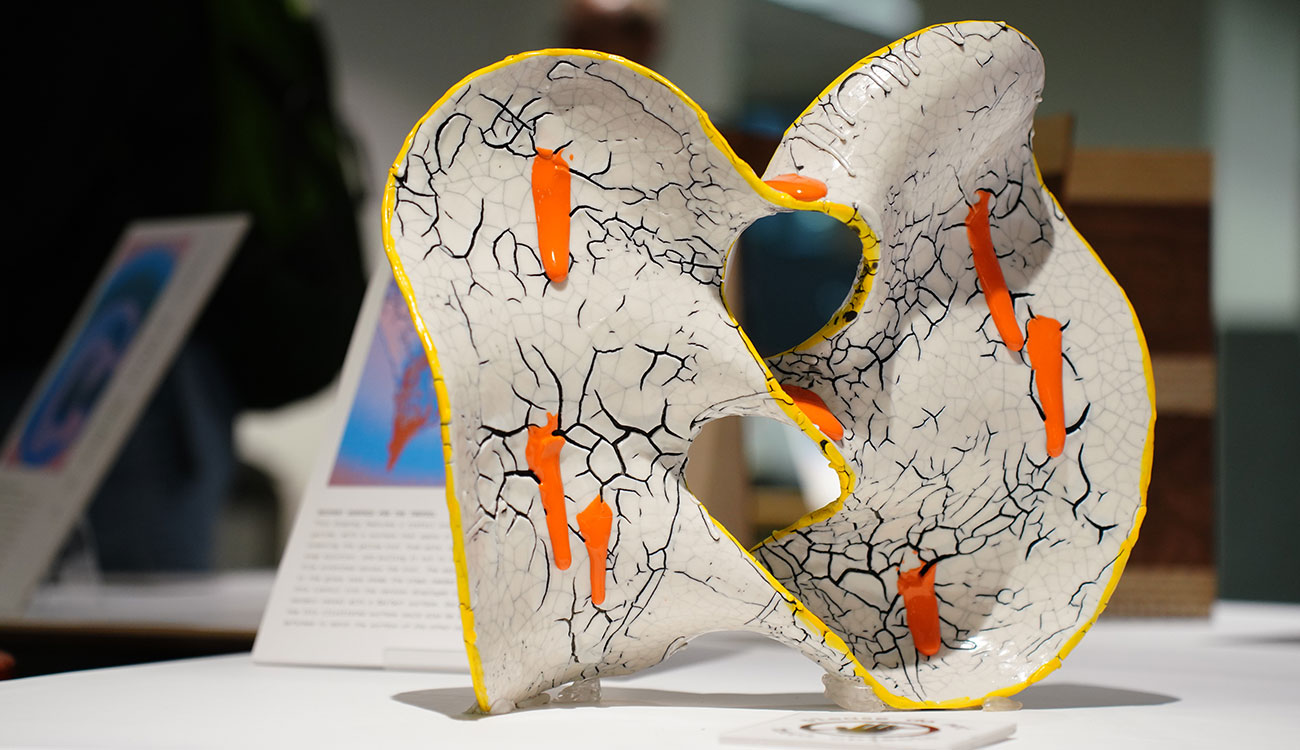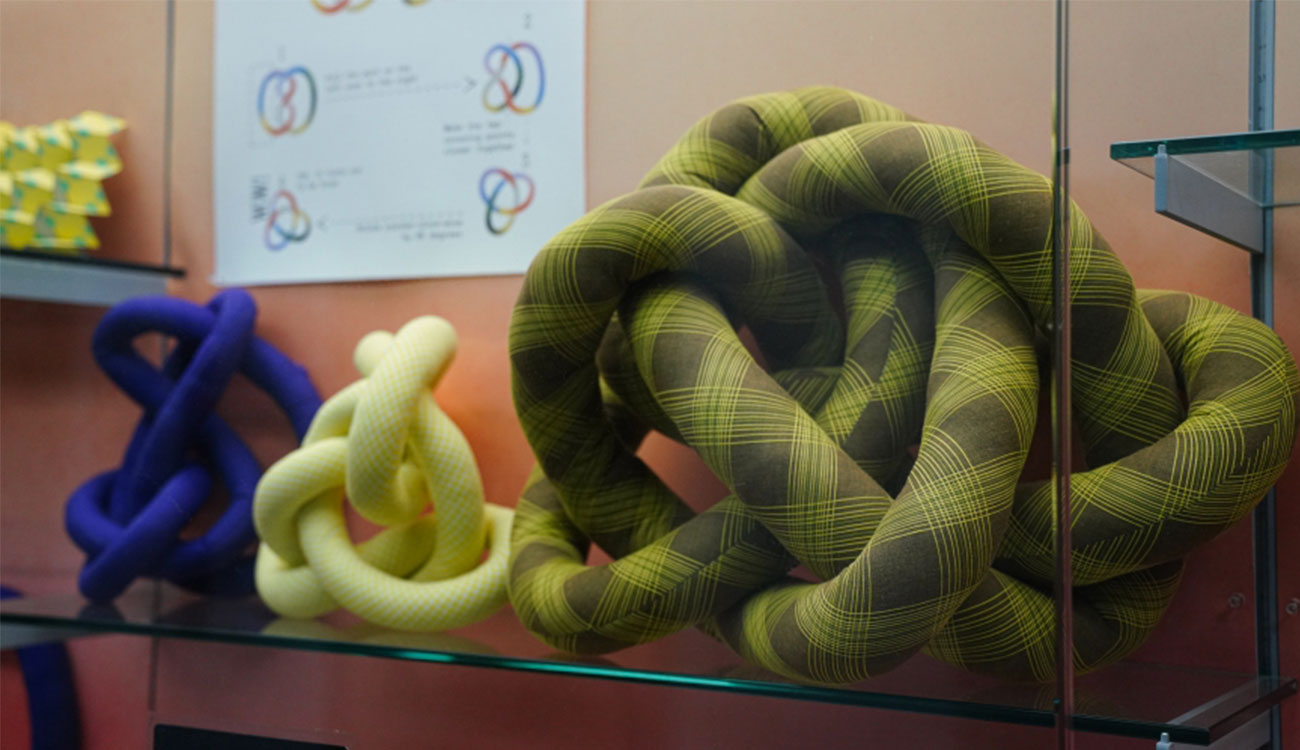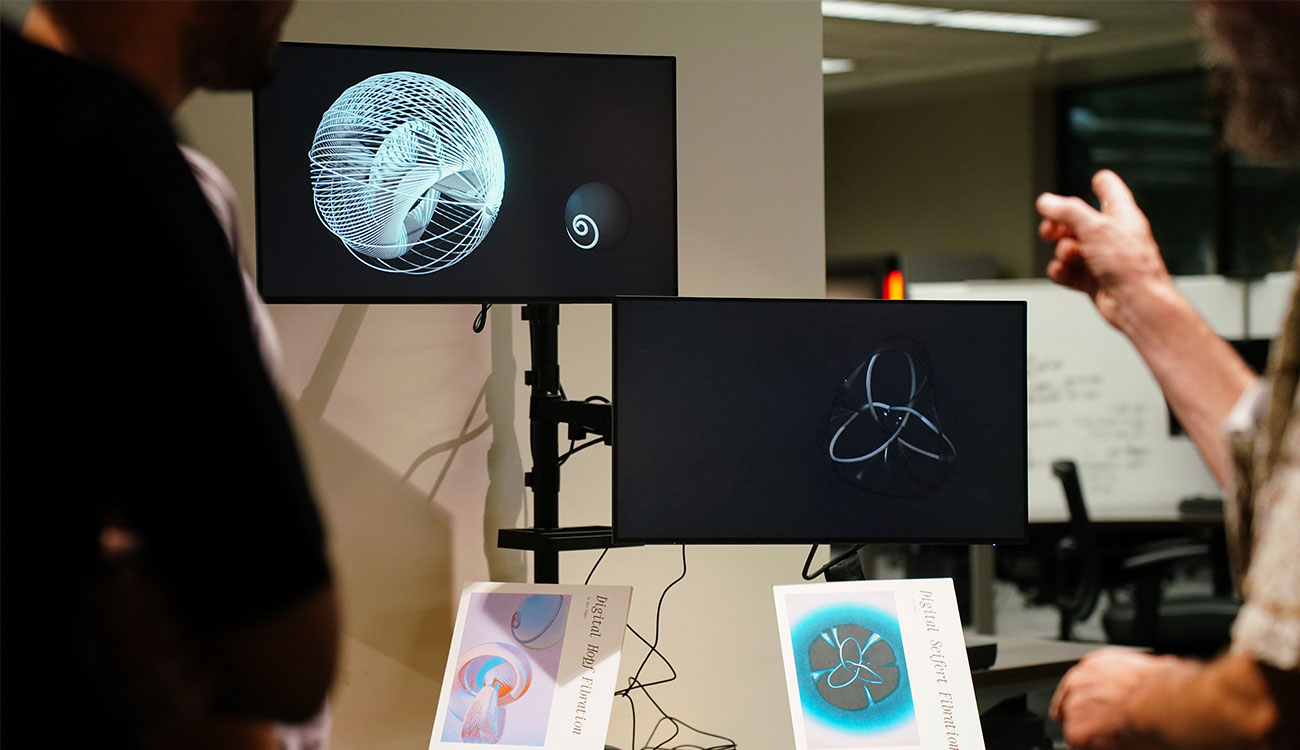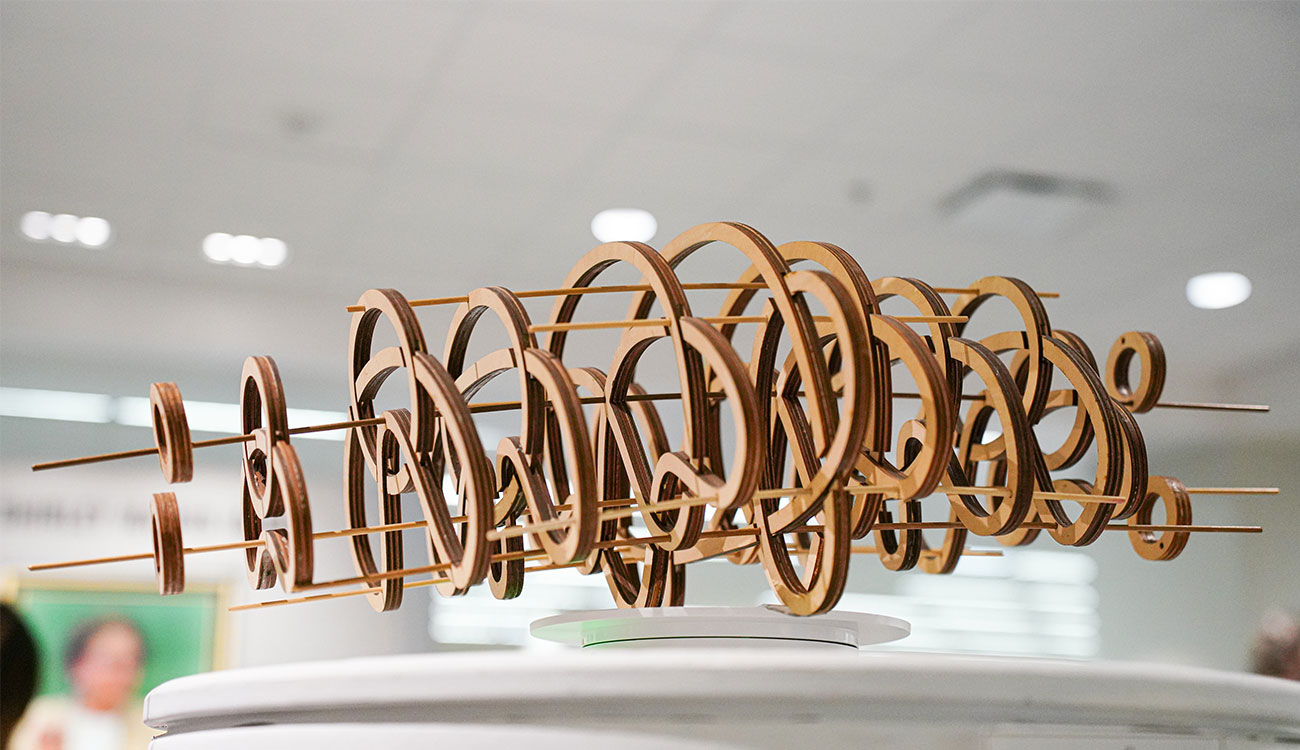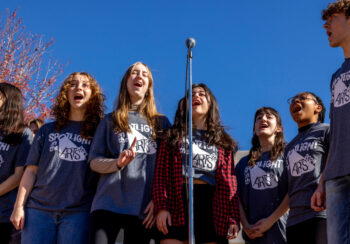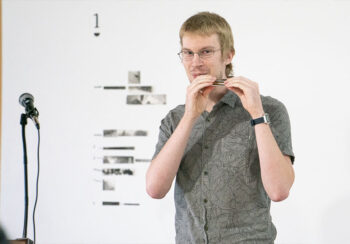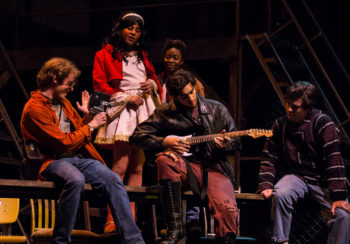What is the role of the arts in a research university? How can we sustain a culture of creativity and critical thinking?
These are questions that animate the University of Georgia Arts Collaborative, a network of faculty, students, and community members working together to advance interdisciplinary projects through engagement with the arts. Recently, to expand its role as a catalyst for creative research, the program launched a new, multi-year partnership with the Willson Center for Humanities and Arts.
Three UGA projects, all supported by funding from the National Science Foundation (NSF), spotlight distinct strategies to integrate the arts into team research, and also explore the Arts Collaborative’s role in growing new collaborations.
Each project tells a story—not only about its own topic, but about the importance of responding at a university to emerging research interests, offering accessible grants to arts-involved researchers that pair funding with practical support and mentorship, and providing space for creative teams to try their ideas.
Creativity and collaboration
“Enhancing Imaginative and Collaborative STEM Capacity through Creative Inquiry” is an arts-integrative training program supported by an NSF Innovations in Graduate Education grant. The project was developed by a team of UGA faculty from the sciences, arts, and humanities.
Mark Callahan, senior academic professional in the Lamar Dodd School of Art, is artistic director of the Arts Collaborative and a co-principal investigator on the project. He said the research emerged from broad interest about complex environmental challenges. The Arts Collaborative hosted public conversations and invited guests who could inspire and connect people around creative approaches to framing the problem.
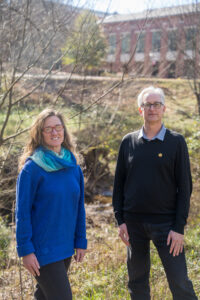
For scientists on the project, like Associate Professor Elizabeth King of the Odum School of Ecology and Warnell School of Forestry and Natural Resources, its interdisciplinary nature will be critical to its success.
“Everyone has ideas and perspectives that can contribute to environmental problem solving, [but] often we don’t really understand how to put them together, how to learn from one another across differences,” King said.
The team worked together to develop engaging activities, such as a workshop series to present creativity and collaboration as practicable skills accessible to anyone.
The resulting “Creativity and Collaboration” workshops engage cohorts of students in STEM and the arts who might otherwise be isolated in their home disciplines. Workshop curriculum has been facilitated as a series of GradFIRST seminars at UGA, during which first-year graduate students practice research and creative skills alongside one another with the opportunity for peer feedback.
This feedback is critical to the students, as well as to the project team. Through ethnographic observations and student experience surveys, the team is better able to assess the impact of their designed activities and their scalability to other institutional settings.
King said the student participants indicated a greater appreciation for incorporating diverse perspectives into their own research. Additionally, they report a deeper understanding of community-building processes and increased openness to trying new things.
Although the project is currently focused on early graduate studies, the training could be useful at all stages of a researcher’s career. It creates a structure in which feedback is understood as a process of discovery and fun, rather than fear. King finds that framing feedback in such a way builds resiliency among researchers, which aids communication in interdisciplinary group work.
Organoids
Associate Professor Nadja Zeltner of the Center for Molecular Medicine and a team of artists and scientists are testing cross-disciplinary strategies in “Organoids,” a project that benefited from early engagement with the Arts Collaborative.
Organoids was supported by an Arts Collaborative Mini Grant, a student-driven program that invites and reviews proposals from interdisciplinary creative teams. Selected mini grant projects receive funding and mentorship from a cohort of Arts Collaborative graduate assistants, who help with organizing timelines, budgets, and public events to share research.
The Organoids group is composed of a growing cohort of researchers studying and engineering organoids—three-dimensional miniature versions of human organs (adrenal glands, in this case). Organoids facilitate understanding of human biology, cellular communication, and how our bodies fix themselves. The project’s mission is to make new discoveries: new organoids, as well as novel materials for scientific outreach.
Zeltner was awarded an NSF CAREER grant for “Engineering Next-Generation Adrenal Gland Organoids,” a multi-pronged effort to create adrenal gland organoids and explore scientific communication through sculpture, ceramics, and performing arts. With a team of project partners that spans molecular medicine, animal science, engineering, cellular biology, art, and dance, the Organoids research roster grew out of a mutual fascination for artists’ and scientists’ processes.
“Often, scientists and artists do not work in close proximity, which prevents natural convergence. There is also a misconception that art and science have nothing in common, when in reality they have many intersections. For example, creativity is needed to solve complex problems, and analytic thinking can enhance the artistic process.”
– Nadja Zeltner, Associate Professor of Biochemistry & Molecular Biology and Cellular Biology in the Center for Molecular Medicine
Founding members Zeltner and Martijn van Wagtendonk (Lamar Dodd School of Art) see the project as a way for STEM and arts practitioners to experience each other’s spaces. From the outset, project partners toured studios and labs to witness different disciplinary environments, all while fostering curiosity about research methods and brainstorming possibilities for working together.
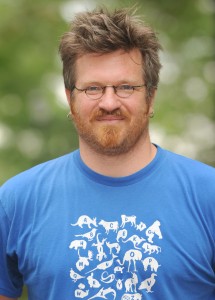
Zeltner noted the difficulty of such exchange at academic institutions.
“Often, scientists and artists do not work in close proximity, which prevents natural convergence,” she said. “There is also a misconception that art and science have nothing in common, when in reality they have many intersections. For example, creativity is needed to solve complex problems, and analytic thinking can enhance the artistic process.”
Zeltner also pointed out the values and challenges of interdisciplinary research.
“In interdisciplinary work, many creative solutions to problems are brought up at the same time, and one has to find a way to channel those ideas into a productive flow of work. It requires social organizing, wherein people must agree on and carefully define their roles,” she said.
To keep these wide-ranging research initiatives rolling, teams need to identify leaders who can consistently connect the group while identifying achievable goals. Ultimately, part of the motivation that carries a project across grant applications and expanding objectives is maintaining excitement toward the project vision. For Organoids, the curiosity and creative energy of the artists and scientists on board has delivered that enthusiasm.
Math and design
Interdisciplinary communication is a key component for recent NSF grantees working between mathematics and art at UGA.
Assistant Professor Hülya Argüz and Professor David Gay (Department of Mathematics) partnered with Associate Professor Moon Jang of the Lamar Dodd School of Art to explore ways to demonstrate concepts from the mathematical field of topology. The beginnings of this collaboration were formed during Gay’s tenure as a mathematician-in-residence with the Arts Collaborative.
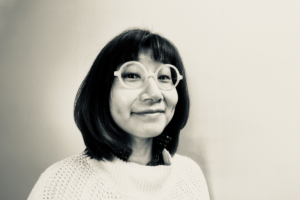
Building on serendipitous encounters where Gay and Jang were able to share research, the Arts Collaborative helped them develop a workshop prototype for students. What they learned from that workshop evolved into a semester-long Math+Design class, recognized by a Creative Teaching Award from the UGA Office of Instruction.
The Geometry Research, Outreach and Visualization Initiative (GROVI, pronounced “groovy”) project is an outreach component of a recent NSF award to Gay, Argüz, and three other co-PIs. The GROVI team is working with students and faculty to produce collaborative seminars, exhibitions, curriculum, and working groups that help practitioners create innovative, effective ways to communicate ideas at the heart of mathematics.
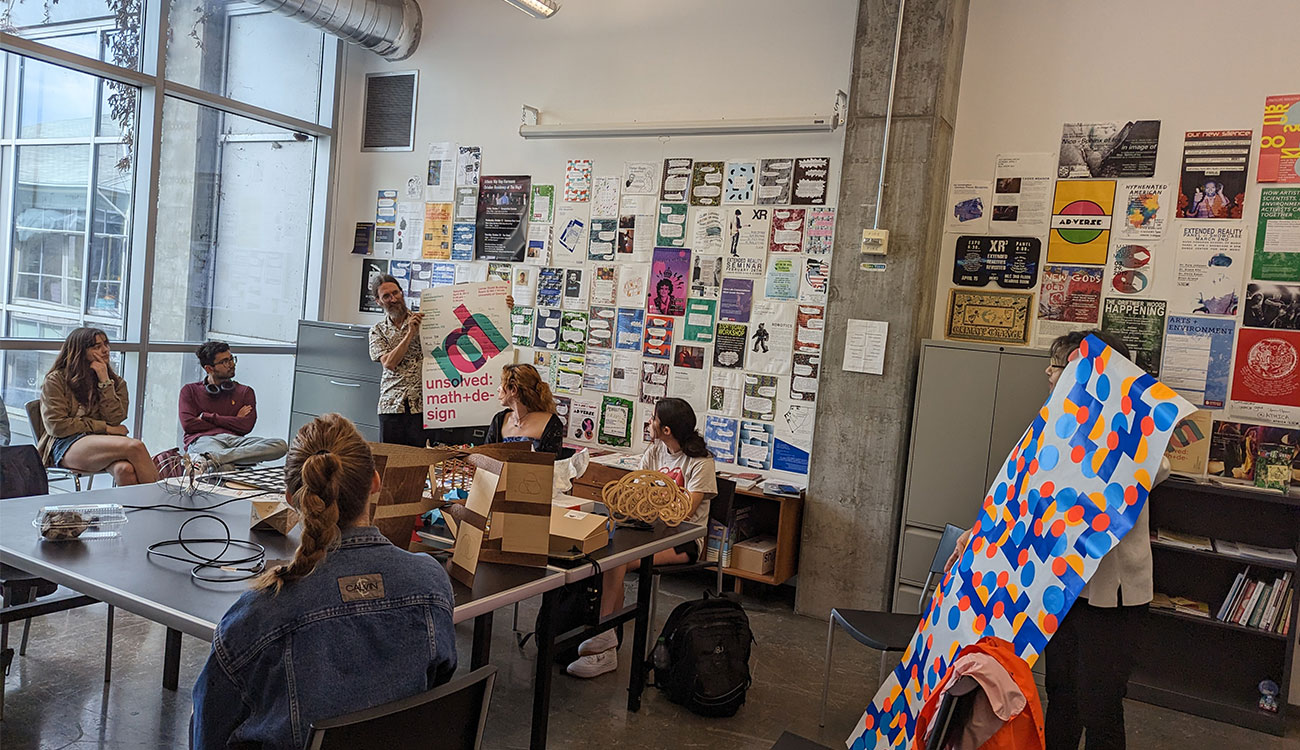
For Argüz and Gay, the project’s arts component has been instrumental in linking thinking to seeing. Data visualizations created with Jang and the students open mathematical complexities to the public while creating useful tools for communication between mathematicians.
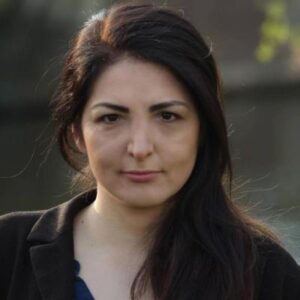
“Working with an artist, I actually learn a lot about the mathematics of what I was trying to do,” Gay said. “Things that I tricked myself into thinking I understood well and then realize I don’t when working in the practice of it. It really feels like that process of actually drawing a picture, making a model or 3D visualization—being forced to confront the details—ends up being illuminating to the whole process.”
“This collaboration made me realize that sometimes it helps mathematicians to see different perspectives which are not necessarily mathematically constrained–they are more flexible. It’s also a matter of enjoying things, and making a broader audience enjoy it,” Argüz added.
[READ MORE: Feeling GROVI: Research at the intersection of design, art, and mathematics]
Next Steps
Recognition and support from the NSF are signs that the Arts Collaborative has a positive impact on the culture of research at UGA, and that the arts play a role in giving a competitive edge to projects.
“This is a story about how to help people find one another, and how to provide support for them to try out their collaborative ideas,” Callahan said.
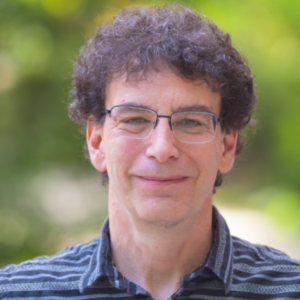
Building on existing partnerships with the Franklin College of Arts and Sciences, individual arts units, and the Graduate School, the Arts Collaborative will work with the Willson Center for Humanities and Arts to share models of success with the broader research community.
David Saltz, executive director of the Arts Collaborative, described the significance of a new affiliation with the Willson Center during a public launch event last fall.
“The UGA Arts Collaborative marks a new era of institutional recognition and support for interdisciplinary arts research,” Saltz said. “The Arts Collaborative is now a central hub for research in the arts at UGA—the place where people can begin their arts research journey.”



